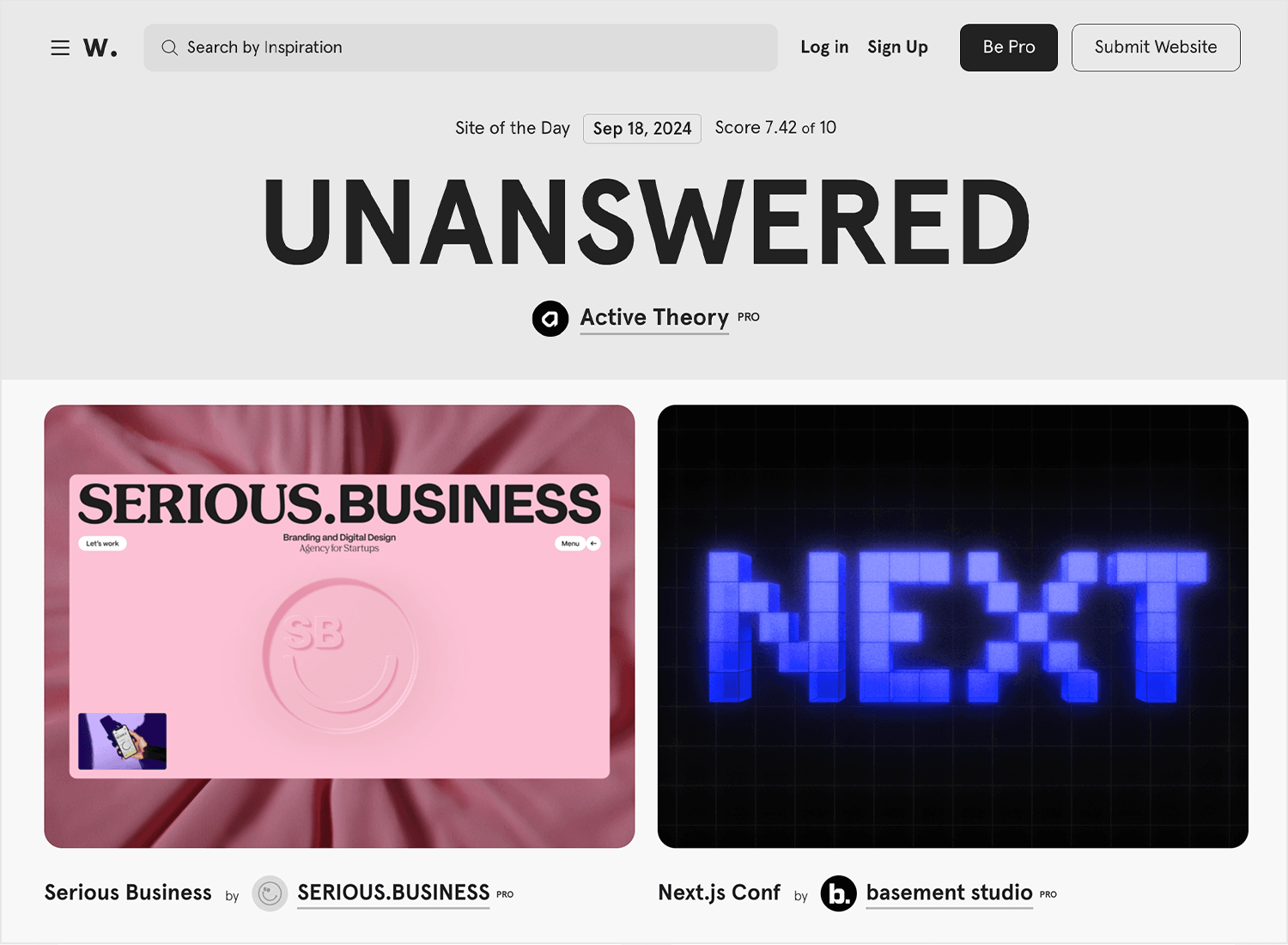Exploring the Relationship Between Web Design and Search Engine Optimization
Exploring the Relationship Between Web Design and Search Engine Optimization
Blog Article
Exactly How Effective Web Style Can Boost Individual Experience and Conversions
In the progressively affordable electronic landscape, efficient website design plays an essential function in improving customer experience and driving conversions. By concentrating on user-centric principles, such as clear web content pecking orders and user-friendly navigation, organizations can produce interesting systems that not just attract visitors but likewise assist in seamless interactions. As we check out the crucial elements that contribute to effective website design, it becomes obvious that the effect on individual satisfaction and conversion rates is profound. Recognizing these characteristics may uncover methods that can change how customers involve with your site.
Relevance of User-Centric Style
In the realm of website design, focusing on user-centric style is extremely important for developing reliable digital experiences. This strategy focuses on recognizing the needs, choices, and behaviors of customers, making certain that electronic user interfaces are easily accessible and instinctive (Web design). By integrating customer comments into the style process, web designers can craft experiences that resonate with their target market, ultimately resulting in increased involvement and contentment
User-centric style emphasizes usability, which is vital for keeping individuals and minimizing bounce prices. When individuals can navigate a website effortlessly, they are most likely to explore its material and transform into customers. A user-centered method promotes trust fund and credibility, as individuals really feel that their needs are valued and resolved. This not only improves their experience yet also encourages brand loyalty.

Key Elements of Efficient Layout
Reliable design functions as the backbone of user-centric web layout, equating individual requires right into visual frameworks that promote communication. A well-organized layout prioritizes content through a clear pecking order, assisting users' eyes to important details first. This pecking order is commonly developed using spacing, color, and dimension, making sure that crucial components attract attention.
One more key component is using whitespace, which stops overcrowding and boosts readability. Web design. Whitespace enables elements to take a breath, making the total style appear cleaner and much easier to browse. Furthermore, uniformity in layout components, such as shades and font styles, fosters familiarity and trust fund, enabling users to navigate the website with greater convenience
Grid systems can also be invaluable, offering a structure that straightens web content realistically and visually. This alignment improves the individual experience by creating an organized visual flow. Moreover, flexibility in layout-- like receptive style-- makes certain that internet sites perform well across numerous devices, accommodating diverse customer preferences.
Inevitably, an effective layout not just mesmerizes users but also motivates them to involve more deeply, inevitably driving conversions and meeting business goals. By focusing on these crucial elements, developers can create designs that reverberate with individuals and boost their overall experience.
Navigational Ideal Practices
Clear and instinctive navigating is essential for enhancing individual experience on a web site. A well-structured navigating system permits customers to discover information rapidly, which directly affects their complete satisfaction and chance of conversion - Web design. Applying a hierarchical structure is necessary; utilize categories and subcategories that logically group relevant web content, making it less complicated for visitors to discover
Make sure that switches, web links, and food selections preserve harmony in style, shade, and placement throughout all pages, supplying customers with a familiar structure as they browse. Rather of common terms, decide for clear labels that accurately mirror the web content, helping customers in making informed choices.

Mobile Responsiveness and Availability

Availability, on the various other hand, concentrates on making sites usable for people with specials needs. This consists of adhering to standards such as the Internet Material Ease Of Access Standards (WCAG), which attend to concerns like color comparison, text size, and key-board navigating. By carrying out these standards, internet designers can create comprehensive experiences that satisfy a more comprehensive target market, thereby improving individual interaction and complete satisfaction.
Furthermore, mobile responsiveness and access not just boost customer experience yet also positively effect search engine rankings. Search engines prioritize mobile-friendly and easily accessible websites, making them most likely to show up in appropriate search engine result. Subsequently, purchasing these elements of website design not only fulfills user needs but additionally adds to overall company success with enhanced exposure and boosted conversion rates.
Measuring Success With Analytics
Tracking customer communications and actions through analytics is crucial for analyzing the success of a web site. By leveraging devices such as Google Analytics, organizations can collect important information that exposes just how customers engage with their website. Metrics such as bounce prices, ordinary session duration, and conversion prices provide understandings right into customer habits and can highlight locations for enhancement.
Understanding customer demographics and traffic resources even more enhances an internet site's effectiveness. This information permits web developers to customize content and design aspects to much better satisfy the demands of their target audience. Furthermore, tracking details user trips assists identify possible traffic jams in the conversion funnel, allowing businesses to maximize their website design as necessary.
A/B screening different layout components can provide concrete right here proof of what resonates with customers, enabling for informed decisions based on real-world efficiency. Ultimately, determining success with analytics not just improves customer experience however additionally drives conversions, guaranteeing that internet style initiatives align with business goals.
Conclusion
To conclude, effective web style plays an essential duty in enhancing customer experience and driving conversions. By focusing on user-centric concepts, carrying out essential format aspects, and guaranteeing user-friendly navigation, internet sites can involve a diverse audience. Mobile responsiveness and access additional add to a smooth communication for click to read all customers. Inevitably, measuring success with analytics enables for continuous enhancement, ensuring that layout strategies stay straightened with user demands, therefore fostering organization development and success.
In the progressively competitive digital landscape, efficient internet design plays an essential duty in enhancing individual experience and driving conversions. By integrating user responses right into the layout procedure, internet developers can craft experiences that resonate with their target audience, inevitably leading to raised engagement and complete satisfaction.
Inevitably, the relevance of user-centric design exists in its capability to produce significant communications that drive conversions and foster long-term relationships with users, making it an essential part of successful internet layout approaches.
Eventually, measuring success via analytics not just boosts customer experience however also drives conversions, making certain that web design initiatives line up with service objectives.In conclusion, reliable web style plays a pivotal role in boosting user experience and driving conversions.
Report this page